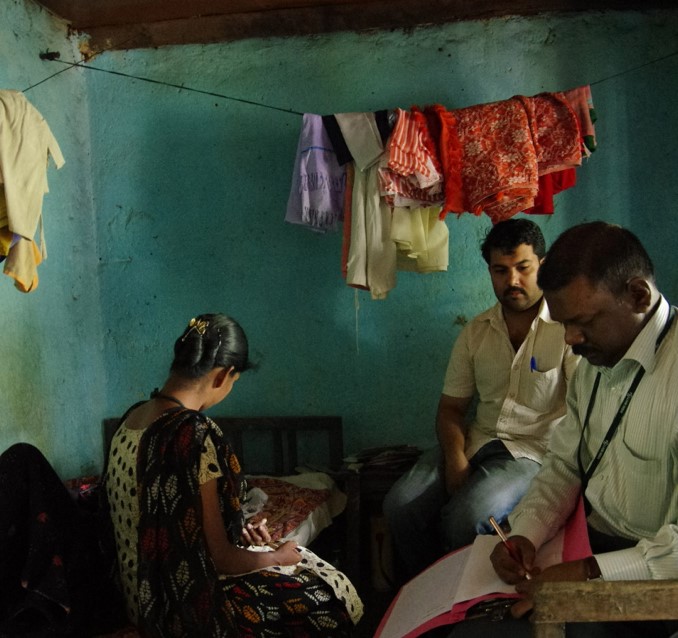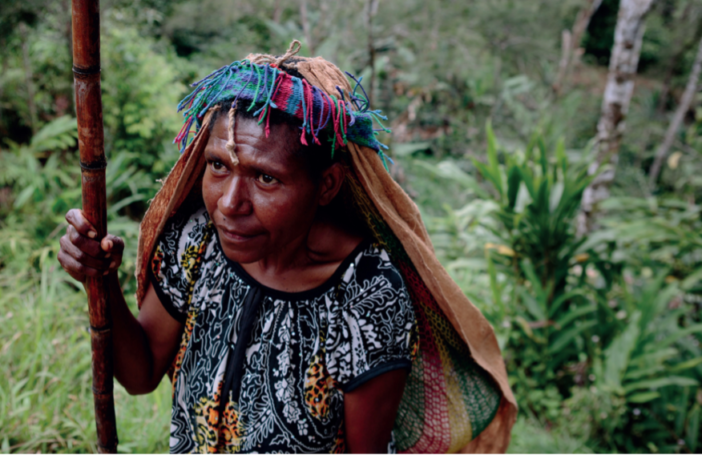Nobody wishes to endure pain, struggle to breathe, or watch their loved ones do so. Interventions exist to alleviate serious health-related suffering. Yet, most people who need these interventions do not receive them, especially the poor. The Lancet Commission on palliative care carefully details the current global situation in their October 2017 report Alleviating the access abyss in palliative care and pain relief. Here I introduce selected points from the report, touch on the situation in the Pacific, and make suggestions for donor action.
What the report exposes is an abysmal global inequality. As the Commission puts it:
[T]he fact that access to such an inexpensive, essential, and effective intervention [opiod[i] pain relief] is denied to most patients in low-income and middle-income countries (LMICs) and in particular to poor people… is a medical, public health, and moral failing and a travesty of justice (p. 1).
A key concept in the Commission’s report is ‘serious health-related suffering’ (SHS):
Suffering is health-related when it is associated with illness or injury of any kind. Suffering is serious when it cannot be relieved without medical intervention and when it compromises physical, social, or emotional functioning. Palliative care should be focused on relieving the SHS that is associated with life-limiting or life-threatening health conditions or the end of life (p. 15).
Twenty health conditions cause the heaviest SHS burden, including several non-communicable diseases, congenital malformations, dementia, haemorrhagic fever, HIV disease, injury, premature birth and birth trauma, protein energy malnutrition, and tuberculosis. Suffering includes mild, chronic, and moderate to severe pain (the most common symptom); fatigue and weakness; difficulty breathing; and anxiety, worry and depressed mood.
The Commission’s report is jam-packed with metrics. Three stand out as illustrative of global inequality in SHS alleviation:
- The need is great in poor countries. The Commission found that of the 56.2 million recorded deaths in 2014, 45 per cent experienced SHS. Of the people who died with SHS in 2015, more than 80 per cent were from developing regions (p. 2).
- Yet, of the 298.5 metric tonnes of morphine-equivalent opioids distributed across the world each year, only 0.1 metric tonnes of this reached low income countries – a mere 0.3 per cent (p. 1, 7)
- In the poorest decile of countries, each year only 10 mg of morphine-equivalent opioids were distributed for each patient in need of palliative care (p. 7), compared to an estimated need of approximately 2170 mg per patient (p. 35). This means in poor countries only 2 per cent of palliative care needs, and an even smaller percent of analgesic needs, are being met (p. 7).
There are multiple reasons for this neglect, which are outlined in the report. One is the inattention to non-communicable diseases, which cause a large share of SHS. Another is the focus on preventing non-medical use of controlled substances, such as opioids. The fear of opioid misuse has over-ridden our compassion. To provide pain relief to all children younger than 15 years of age who experience SHS in low-income countries would cost US$1 million a year. Meanwhile, globally, governments spend US$100 billion a year to enforce drug use prohibition (p. 4).
The good news is there is much that can be done to alleviate SHS. The Commission presents an Essential Package, estimated to cost US$2.16 per capita per year in low-income countries, and US$0.78 in lower-middle income countries (p. 3). Rolling out the Essential Package would require additional investment and also establishment of mechanisms to help bring costs down, but it is designed to be low-cost. For example, loss of bowel and bladder control can occur when people are physically deteriorating, so adult diapers are part of the Essential Package. Yet, in extreme poverty, the recommendation is cotton and plastic.
It is hard to know what the situation looks like in the Pacific. I’ve written previously about the Global Atlas on Palliative Care, which assessed palliative care provision across the world. The Pacific did not do so well, although the global assessment was not based on primary research so may underestimate families’, churches’ and health services’ efforts to help people experiencing SHS. Having said that, in the WHO 2015 global survey on national capacity for prevention and control of non-communicable diseases, only 20 per cent of low-to-middle income countries’ primary health care services offered any palliative care, and 12 per cent of their community or home-based services (p. 74). Given this, and the findings from the Lancet Commission, comprehensive palliative care coverage in Pacific Island countries is likely to be low.
National governments must take steps to address this situation, yet because of the significant gaps, multilateral organisations and donors also need to step into the breach. For donors who remain committed to helping the most vulnerable and marginalised, the inequality is a compelling justification, but so is the need itself. The Commission’s health systems strengthening framework presents a solid approach for donors who are already working alongside national governments to strengthen health systems. There are opportunities for leadership in this area.
For the donor aid program that loves to innovate, there is plenty of space for that. There is great potential for low-cost, portable products that ensure people don’t have to use plastic and cotton to deal with incontinence, or die without the reprieve of a pressure-relieving mattress – skin-covered bone hard-up against the hard ground. Learning from other countries, such as the headway made in Uganda, could be adapted to various Pacific Island country contexts. And there is no doubt that resilient families and communities have already implemented their own strategies, also offering opportunities for learning and sharing.
The Lancet Commission report provides a compelling rationale and an evidence-based framework for action to alleviate serious health-related suffering. Now it is time to take action to address the inequality of pain.
[i] The measure is ‘morphine-equivalent opioid pain relief’ because morphine is the standard opioid that others are measured against when using opioid analgesics.






Thank you for this article on palliative care, a topic close to my heart for professional and personal reasons. And I fully agree with the report on that the present situation regarding access to pain relief and palliative care in many countries is a “medical, public health, and moral failing and a travesty of justice”. I am pleased and honored that you used one of my pictures on palliative care in Kerala to illustrate your text.
Thanks for sharing Jo